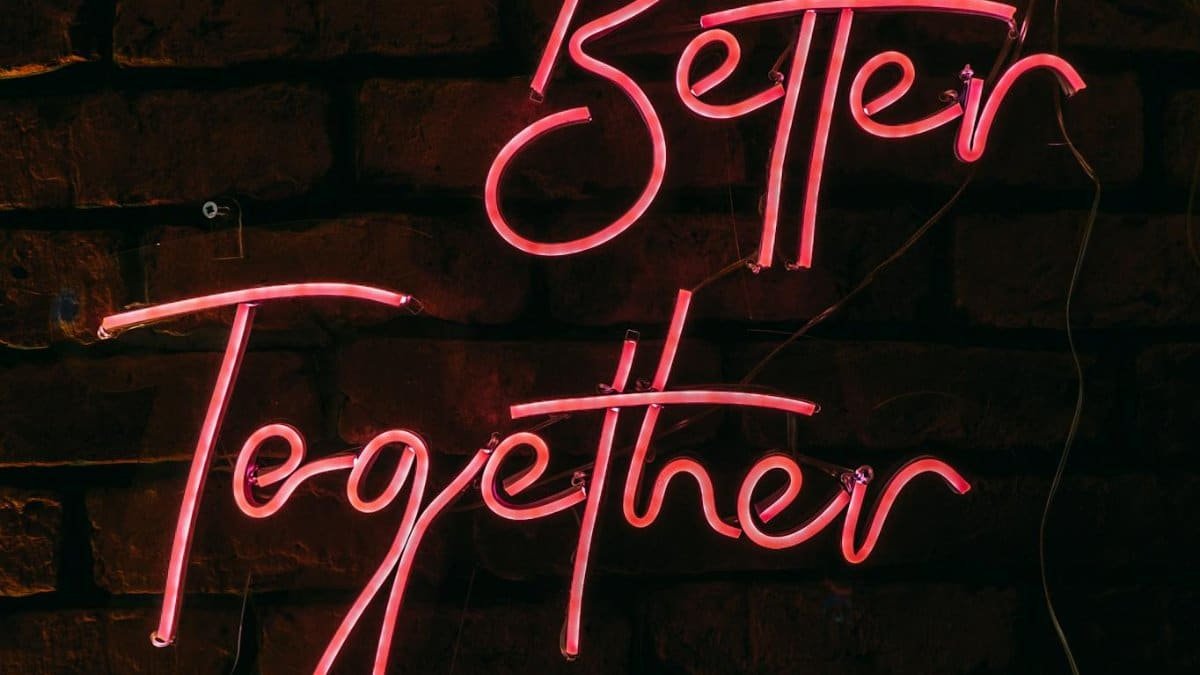Did you know that a staggering 75% of Americans report high stress levels, but new data shows that those practicing breathing techniques daily see a 40% drop in anxiety? According to recent surveys from the American Psychological Association, this simple tool is revolutionizing how people manage their mental health. Breathing techniques, from deep belly breaths to guided meditations, aren’t just buzzwords—they’re backed by science and delivering real results. As we head into 2025, more folks are turning to these methods for calm amid chaos.
Reduced Stress and Anxiety

One of the first changes people notice with breathing techniques is a sharp decline in stress. Take box breathing, where you inhale for four counts, hold, exhale, and hold again. It’s used by Navy SEALs to stay cool under pressure. Regular practice lowers cortisol levels, the hormone tied to stress. A study from Harvard Medical School found participants who did this for just five minutes a day reported feeling more relaxed after two weeks. In busy U.S. cities like New York, where hustle never stops, this technique is a game-changer for commuters and office workers alike.
Improved Sleep Quality

Struggling to nod off? Breathing techniques can transform your nights. The 4-7-8 method, popularized by Dr. Andrew Weil, involves inhaling for four seconds, holding for seven, and exhaling for eight. It activates the parasympathetic nervous system, signaling your body to rest. Research from the National Institutes of Health shows that such practices increase melatonin production, leading to deeper sleep. Many users say they fall asleep faster and wake up refreshed, cutting down on those groggy mornings that plague millions of Americans.
Enhanced Focus and Productivity

Breathing techniques sharpen your mind like nothing else. Alternate nostril breathing, a yogic practice, balances brain hemispheres for better concentration. Tech workers in Silicon Valley swear by it during high-stakes meetings. A report from the National Center for Biotechnology Information highlights how these methods boost cognitive function by increasing oxygen flow to the brain. People notice they’re knocking out tasks quicker, with fewer distractions pulling them off track.
Better Emotional Regulation

Ever snap at someone over nothing? Breathing techniques help rein in those emotions. Diaphragmatic breathing encourages mindfulness, letting you pause before reacting. Therapists across the U.S. recommend it for anger management. Data from the American Psychological Association indicates that consistent practice reduces emotional volatility, fostering healthier relationships. Users often report feeling more patient and empathetic, turning potential arguments into calm discussions.
Physical Health Benefits

It’s not just mental—breathing techniques boost your body too. Deep breathing improves lung capacity and lowers blood pressure. A Cleveland Clinic study showed hypertensive patients who practiced for 10 minutes daily saw measurable drops in readings. This is huge for the 116 million Americans with high blood pressure. People notice more energy during workouts and fewer headaches, linking breathwork to overall vitality as wellness trends surge in 2025.
Increased Self-Awareness

Starting breathing techniques often sparks a deeper connection to yourself. Mindful breathing highlights thought patterns and bodily sensations you might ignore. Spiritual communities in places like California emphasize this for personal growth. Experts say it builds resilience against life’s curveballs. Many describe a newfound clarity, like shedding mental fog, which aligns with rising interest in conscious practices among younger demographics.
Stronger Immune Function

Believe it or not, how you breathe affects your defenses. Techniques like Wim Hof’s method, combining breathing with cold exposure, have shown to modulate immune responses. Research published in the Proceedings of the National Academy of Sciences backs this, noting reduced inflammation. Users report fewer colds and quicker recoveries, especially relevant as flu seasons intensify. In a post-pandemic world, this edge is drawing crowds to breathwork classes nationwide.
Greater Sense of Calm in Daily Life

Perhaps the most profound change is an overarching peace. Simple practices like coherent breathing—five breaths per minute—sync heart and brain for harmony. Apps and online courses make it accessible. People say traffic jams or work deadlines feel less overwhelming. With mental health crises on the rise, as per CDC reports, these techniques offer a free, effective tool for everyday serenity heading into 2025.
